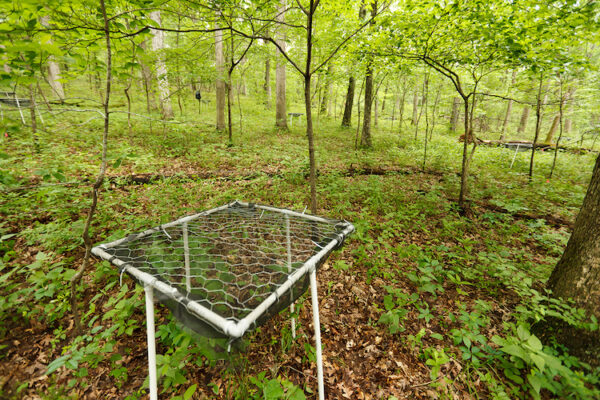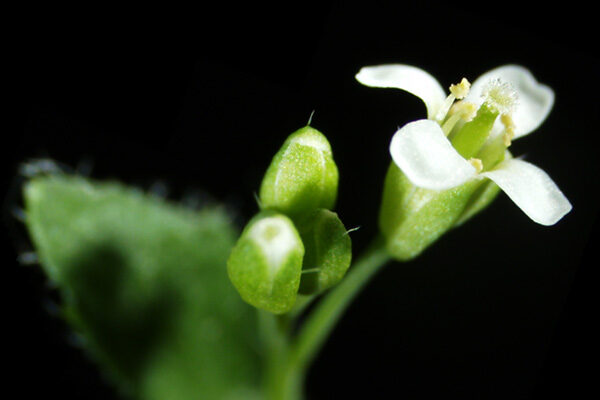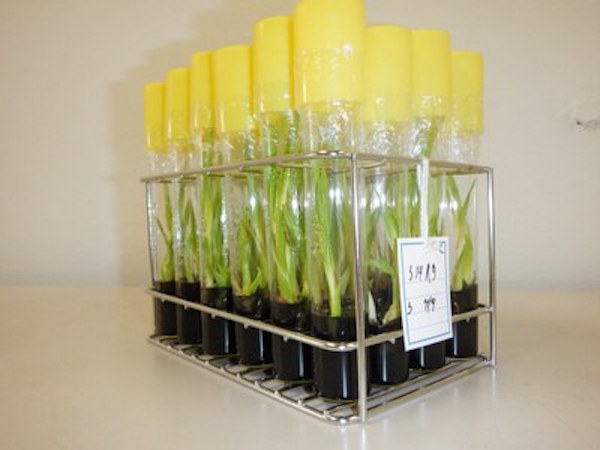
Seven to nine percent of all vascular plant species occurring in Europe are globally threatened. The researchers combined Red Lists of endangered plant species in Europe with data on their global distribution. It helps assess the overall level of threat…
Read More











